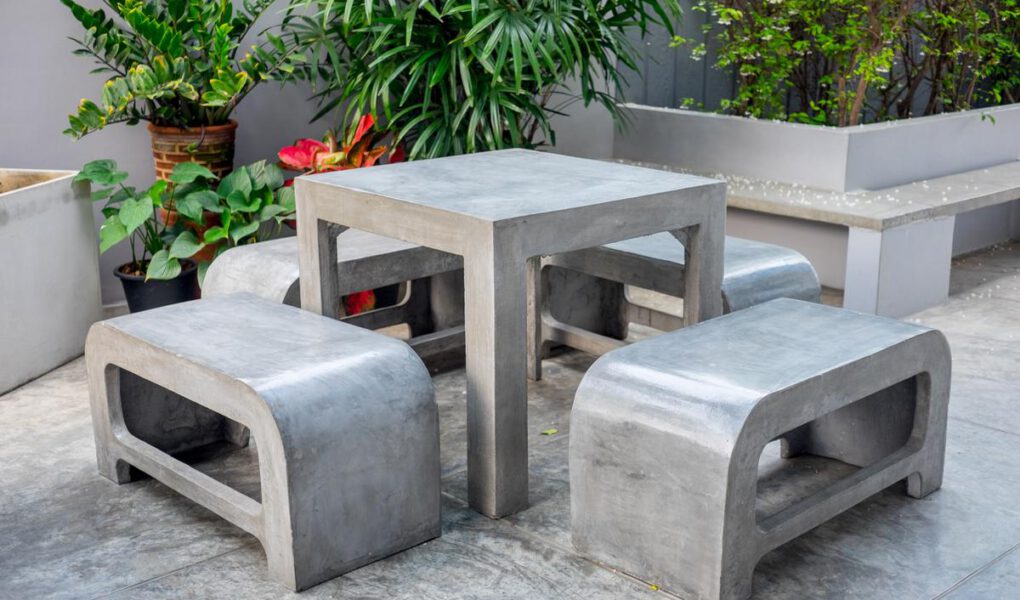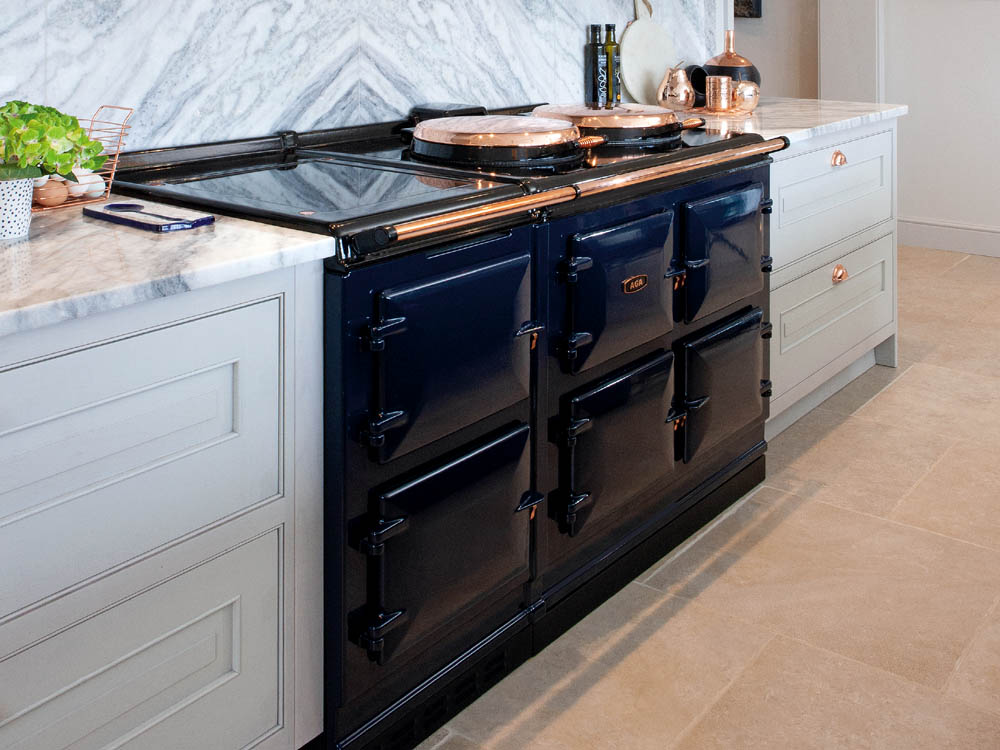As lovers of all things design, doesn’t the idea of evoking a sense of solidity, calm, and unconventional elegance with a single piece of furniture appeal to us all? Have you ever considered the simple but fascinating appeal of a square concrete table in your own living space? In this post, we explore the current trend of incorporating square concrete tables into residential and commercial spaces and delve into the magic of what makes this piece of furniture remarkably special.
The idea of using concrete in interiors, particularly in furniture, may sound modern industrial, but its versatility is impacting aesthetics across the board. Not simply reserved for cold, stark, minimalist spaces, concrete, more specifically, square concrete tables, is weaving its way into homes and venues with lively, warm, and inviting appeal. Isn’t it exciting to witness this merging of the traditionally harsh with soft, homely spaces, creating an utterly distinctive aesthetic fusion?
We shall discuss the history, aesthetics, variety, and functionality of square concrete tables, detailing the pros and cons of incorporating them into different spaces. Prepare to dive deep into the world of design and transform your perception of the potential of concrete as a trendy and enduring material in furnishing.
The Brick and Mortar History of Concrete Furniture
Concrete material that dates back to ancient Rome, has for centuries remained a reliable choice for construction due to its durability and robustness. However, the marriage between concrete and furniture design has its roots in the 20th-century modernist architecture movement, where minimal and functional design was prioritized. The square concrete table indeed reflects this industrial aesthetic, offering us an enchanting, almost poetic, counterbalance to the more traditional wooden or glass tables.
Far from being a drab or lifeless choice, concrete furniture pieces are unique, bearing the maker’s touch in every imperfection and gradient. Each square concrete table is a testament to the sheer versatility and beauty of this ancient material.
So, why has concrete furniture, more specifically, square concrete tables, gained popularity relatively recently? The rise in industrial interior design in the last decade or so has led to an increased interest in raw, unfinished materials.
Architectural Aesthetics Explained: Design Perspectives
When you think about concrete, the words that might come to mind are sturdy, robust, and resilient. But when used in furniture, particularly tables, it replicates a different kind of artistry altogether. Square concrete tables are a reflection of architectural aesthetics, with a simplicity that masks complex layering of design sensibilities, communicating strength and elegance.
The distinguishing trait of square concrete tables lies in their ability to blend with various interiors seamlessly. From rustic farmhouses to modern lofts, these tables hold their own, tying together elements of design effectively.
With various treatments and finishes available, these tables can range from smooth and polished to distressed and weathered, suiting different design preferences. The customization potential of square concrete tables elevates them from mere functional pieces to artful home statements.
Embracing Pros of Square Concrete Tables
Like any design element, square concrete tables come with their unique set of advantages and drawbacks. They offer a stunning blend of form and function, with the potential to transform any space exuding a minimalist charm and industrial appeal. Furthermore, their durability and resistance to the elements make them a long-lasting and low-maintenance furniture option.
On the downside, concrete tables, given their weight, are less versatile in terms of movement. They also require adequate sealing to avoid staining. Hence, if you’re one who often rearranges furniture or has young children prone to spills, this is a factor that might warrant reconsideration.
Playing With Shapes: Beyond the Square
While the focus here is on square concrete tables, it’s important to note that creativity with concrete transcends the square. From round coffee tables to long rectangular dining tables, concrete’s adaptability aids in its emergence as a loved design material. Despite the shape, the aesthetic appeal remains consistent, contributing to the growing trend of using concrete in home furnishings.
Concrete Tables: Solidifying Green Design
Lastly, one can’t ignore the environmental benefits of using concrete in furniture design. Made from abundant and locally sourced materials, concrete tables reduce transportation carbon footprints. Moreover, concrete’s durability ensures a long lifespan, leading to less replacement and subsequently less waste. Environmentally conscious and style-savvy? Concrete might be your material match.
Conclusions
The Unyielding Charm of Concrete
As we’ve discovered, square concrete tables are more than just a passing trend. They echo a delightful blend of history, aesthetics, and pragmatism, capturing a unique balance of durability and beauty. They fit into a wide range of design styles, from modern industrial spaces to rustic farmhouses, speaking volumes of their versatility.
Despite certain drawbacks, the advantages of incorporating a square concrete table into your design vision far outweigh the cons. Its environmental sustainability coupled with its robustness and aesthetic appeal give you strong reasons to consider one for your home or office.
The charm of concrete furniture, specifically square concrete tables, is unrelenting. It’s an unyielding appeal that’s surfaced from underneath the clichéd home décor ideas, establishing itself as a significant design movement. Truly, the sheer adaptability and timeless beauty of these tables have cemented their place in interior design. A concrete choice for a solid design statement, don’t you agree?




